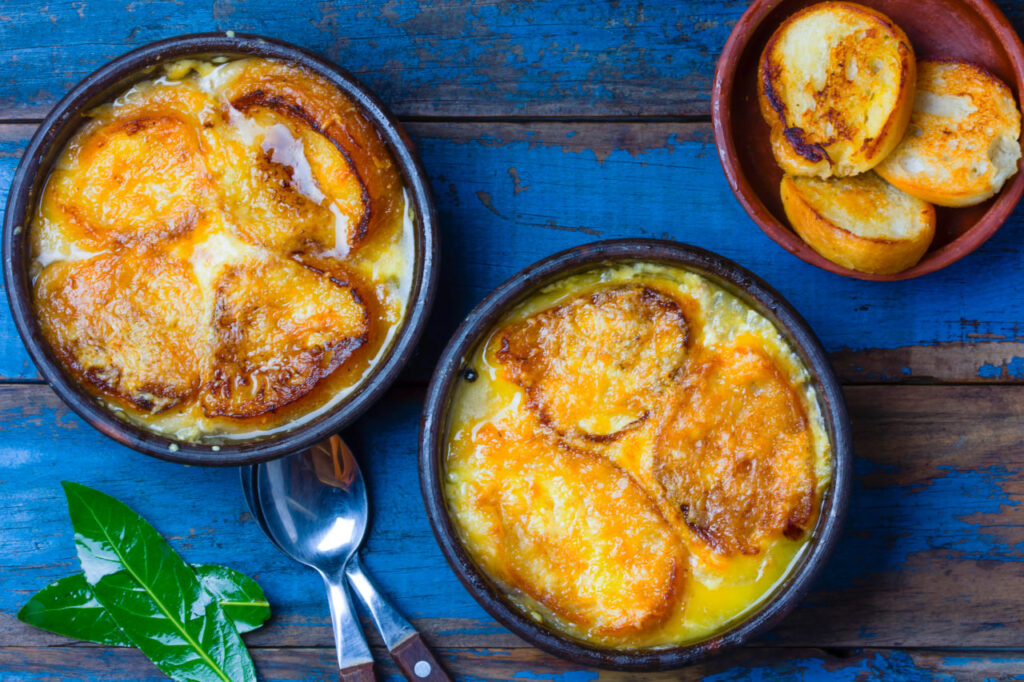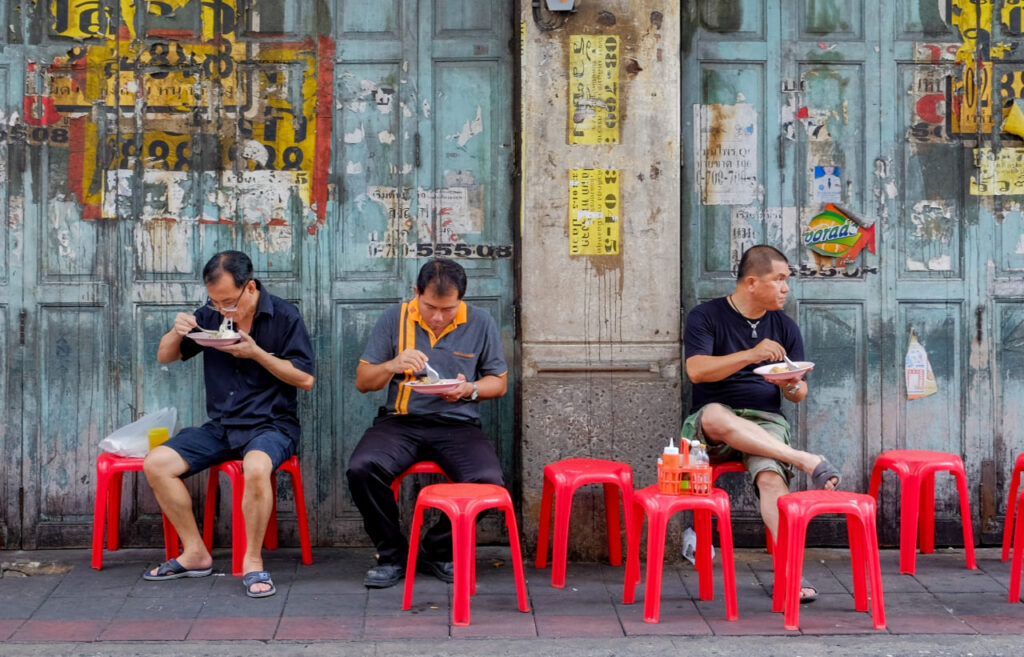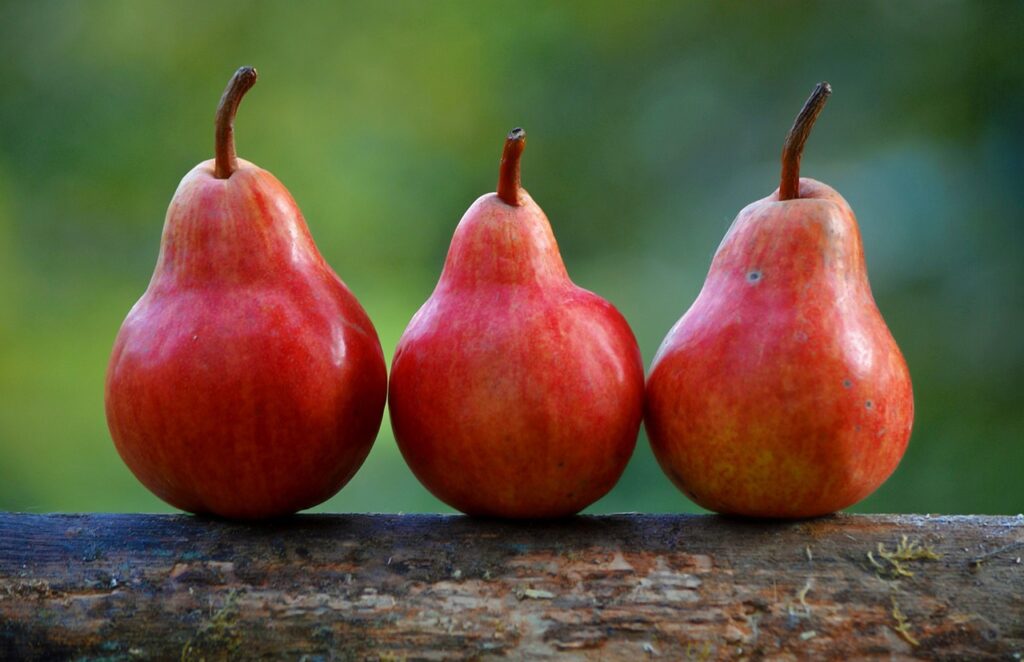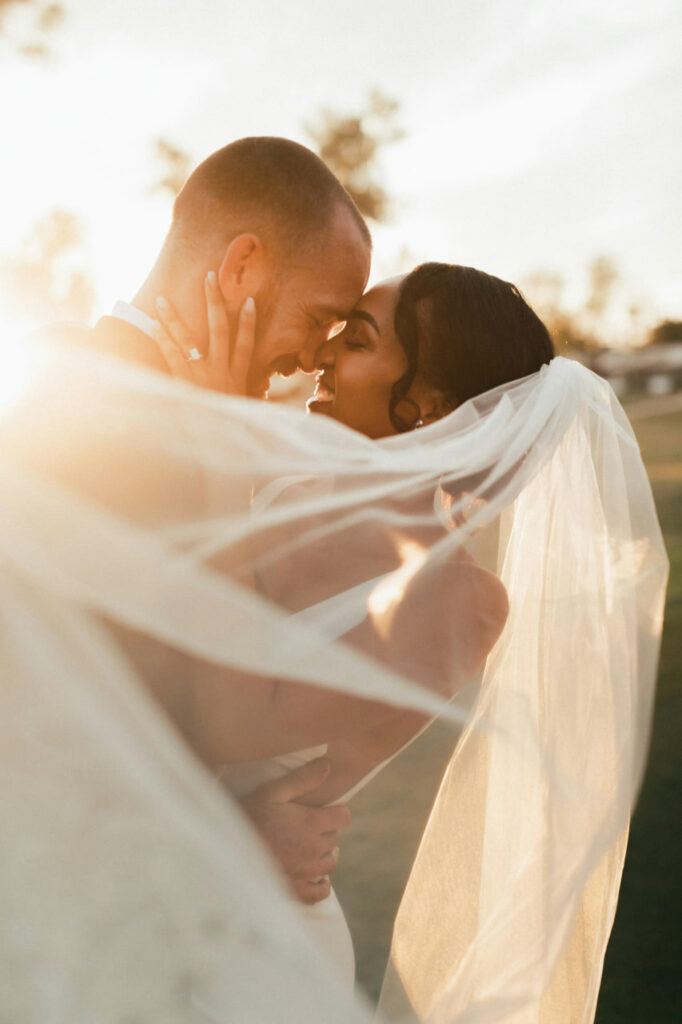What is the Rule of Odds?
The Rule of Odds is a fundamental principle in photography composition that focuses on the number of subjects in a frame. According to this rule, an odd number of subjects, such as three, five, or seven, creates a more visually appealing and balanced image compared to an even number. When there’s an even number of subjects, the viewer’s mind tends to divide the frame into two groups, which can make the image feel less dynamic and engaging.
This principle is widely used in various photography genres, from street photography and product photography to food photography, offering a subtle yet impactful way to guide the viewer’s attention. please stay with ShutterRealm
The Rule of Odds in Different Photography Styles
1. The Rule of Odds in Street Photography
In street photography, the Rule of Odds plays an essential role in capturing spontaneous and engaging compositions. When photographing groups of people or interesting street scenes, an odd number of subjects naturally draws the viewer’s focus without unnecessary distractions. The uneven arrangement creates a visual rhythm, keeping the image balanced and dynamic.
2. The Rule of Odds in Product Photography
In product photography, this rule enhances the visual appeal of items on display. For example, three bottles of a beverage, five cosmetic products, or seven food items are more visually interesting than two or four. The odd number prevents symmetry from feeling too rigid, leading to a more inviting and harmonious composition.
3. The Rule of Odds in Food Photography
In food photography, the Rule of Odds is often applied in flat-lay compositions or table arrangements. When styling a food shot, using three or five elements (e.g., three cookies on a plate or five sushi rolls) can naturally guide the viewer’s eyes across the image. The odd-number arrangement creates a visual flow, making the photograph feel balanced and aesthetically pleasing.


Composition Techniques with the Rule of Odds
1. Linear Composition
Using a linear arrangement with an odd number of subjects can create a strong sense of balance. Arrange the subjects in a horizontal, vertical, or diagonal line within the frame. This technique works especially well when photographing from an eye-level perspective, as it allows focus to be evenly distributed across all subjects.
2. Triangular Composition
The triangle composition is one of the most effective ways to apply the Rule of Odds, especially with three subjects. Each subject forms a vertex of a triangle, creating a stable and visually appealing arrangement. This technique adds depth and structure to the image, drawing the viewer’s attention naturally around the composition.
3. Avoid Overcrowding the Frame
While odd numbers generally work well, having too many subjects (e.g., nine or more) can overwhelm the viewer. At higher numbers, the Rule of Odds becomes less effective because the viewer struggles to find a focal point. For best results, limit the number of subjects to three or five.



When the Rule of Odds Doesn’t Apply
While the Rule of Odds is a powerful compositional tool, it’s not universally applicable. Here are scenarios where this rule might not work:
• Portrait Photography: When photographing individuals or couples, the Rule of Odds doesn’t apply since the focus is on capturing the subject’s personality or connection.
• Wedding Photography: Group shots at weddings often depend on natural arrangements and relationships rather than strict compositional rules.
• Wildlife Photography: Capturing a lone bird in flight or a single animal in the wild doesn’t require adherence to this rule
In these cases, other composition principles, such as the Rule of Thirds or Leading Lines, may be more effective.




Practical Tips for Using the Rule of Odds
- Keep it Simple: Start with three subjects in your composition for a balanced yet dynamic look.
- Focus on the Arrangement: Whether in a line or triangle, ensure the subjects are evenly spaced.
- Avoid Overloading the Frame: Too many elements can create confusion; keep the composition clean.
- Experiment with Angles: Change your shooting perspective to find the most visually appealing arrangement.
Conclusion
The Rule of Odds is a valuable tool in photography, offering a simple yet effective way to create harmony and visual interest in your compositions. Whether you’re capturing a busy street scene, styling a food photoshoot, or showcasing products, this principle can significantly enhance the appeal of your images. However, like any photography rule, it’s essential to understand when to use it and when to rely on other compositional techniques.
By experimenting with odd-number arrangements and refining your compositions, you’ll develop a stronger eye for balance and storytelling in photography.
